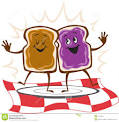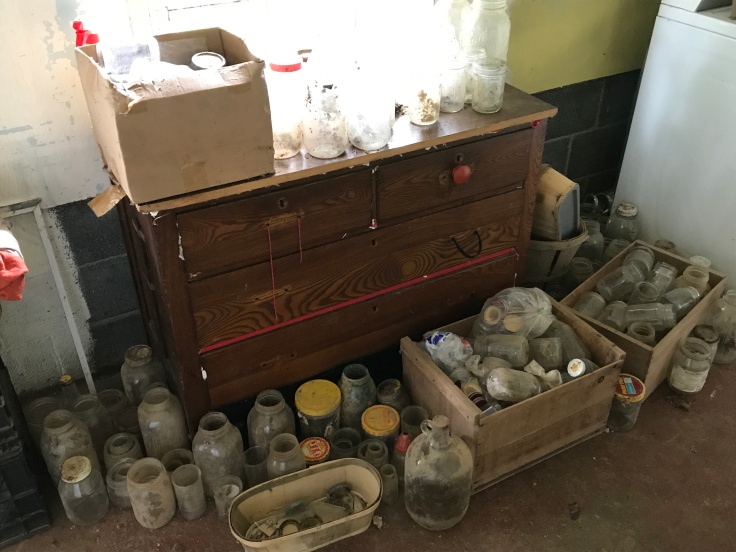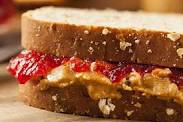 Nothing is more American than a peanut butter and jelly sandwich! But why? What makes it so American? Within the very large pile of glass jars that I have collected from sheds and garages, a few of them were peanut butter jars, and many of them were jelly/jam jars!
Nothing is more American than a peanut butter and jelly sandwich! But why? What makes it so American? Within the very large pile of glass jars that I have collected from sheds and garages, a few of them were peanut butter jars, and many of them were jelly/jam jars!

The peanut butter jars planted a nut of curiosity in my brain. One day I found myself googling antique Jiff and Skippy jars, Peter Pan and Nu-Made What was Nu-Made?
At one point, a guest visited the farm and as I was showing her the jars, she asked if I had found any elephants on the jars? Hmmm….. Another google search led me to discover that the really old peanut butter jars had elephants on the outside.
So far, we haven’t found any elephant jars at Evergreen Bend Farm; but I couldn’t stop asking myself, who created this PB&J sandwich and when? How long has it been a meal replacement? Today, with teenage boys, it is the “go to” snack in my house.

We have been making them for years, over and over again, without giving the inventor much thought.
The Serious Eats website says that “During the early 1900s peanut butter was considered a delicacy and as such it was served at upscale affairs and in New York’s finest tearooms. Ye Olde English Coffee House made a ‘Peanut Butter and Pimento Sandwich.’ The Vanity Fair Tea-Room served its peanut butter with watercress…. The Colonia Tea-Room served peanut butter on toast triangles and soda crackers. That peanut butter could be combined with so many diverse products demonstrated that it was a relatively neutral platform providing a nutty taste and a sticky texture that bound together various ingredients.”
Can you imagine these combinations? Watercress? Yikes!
However, the first located reference to the now long-loved peanut butter and jelly sandwich was published in a cooking school magazine by Julia Davis Chandler in 1901.
 This sandwich immediately became a hit with America’s youth, who loved the combination of peanut paste and jelly spread.
This sandwich immediately became a hit with America’s youth, who loved the combination of peanut paste and jelly spread.
The invention of sliced bread in 1920 grew this sandwich in popularity and during the Great Depression, peanut butter on bread was a staple in many American kitchens. 
It was cheaper than meat and an easy protein to serve. However, it wasn’t until after World War II that peanut butter, jelly and bread became a real winner! All three were part of the soldier’s rations, so it was natural to combine them into a sandwich. When the soldiers returned home their new creation became a “traditional” American favorite. From toddlers to grandparents, everyone seemed to love this easy meal.
In the end, even though peanuts, jelly and bread have existed for well over a century, it has just been in the last 75 years that the PB&J has been a part of our lives. I now have a new understanding of why there were so many sliced bread bags full of baby jars and a good number of peanut butter jars. As far as what type of peanut butter Hazel and Harvey thought the best, it doesn’t seem that the Smith Family preferenced one type over another. However, it is clear, based on the number of canning jars that I discovered, that they preferred their own homemade jelly.








That was fascinating! I’m going to send it to Jenny as that has always been her favorite meal. Thanks for all the research and interesting reports! I love it!
LikeLike
What a fun post, Meghan! I loved all that you shared. Very interesting.
LikeLiked by 1 person
Interesting! Things we take for granted, more-or-less, as having been around forever. Who knew?! I was the one, or maybe one of several, who asked about the elephant jars. The one you show pictured is exactly like the one I have. I keep sharks’ teeth in mine;)
Love the lessons you are sending out — keep up the good work! Sherri from Michigan
LikeLiked by 1 person
I know! Thanks for the lead!
LikeLike
Your post makes me wonder why jelly and not jam? Also related to cost? Here in Canada it is a rare thing to hear of jelly, unless it’s red pepper jelly served with crackers and cheese or mint jelly 😉
LikeLike